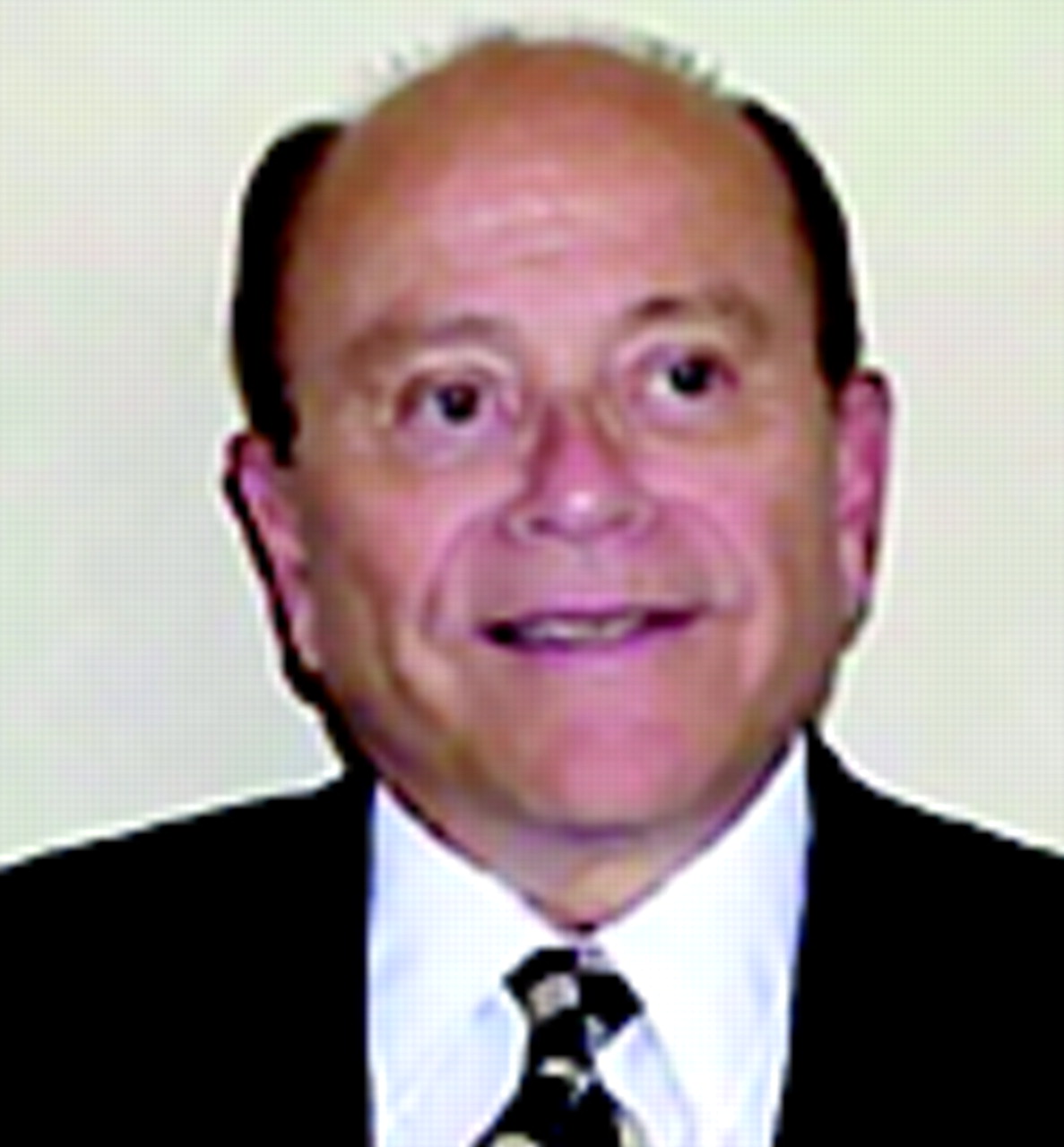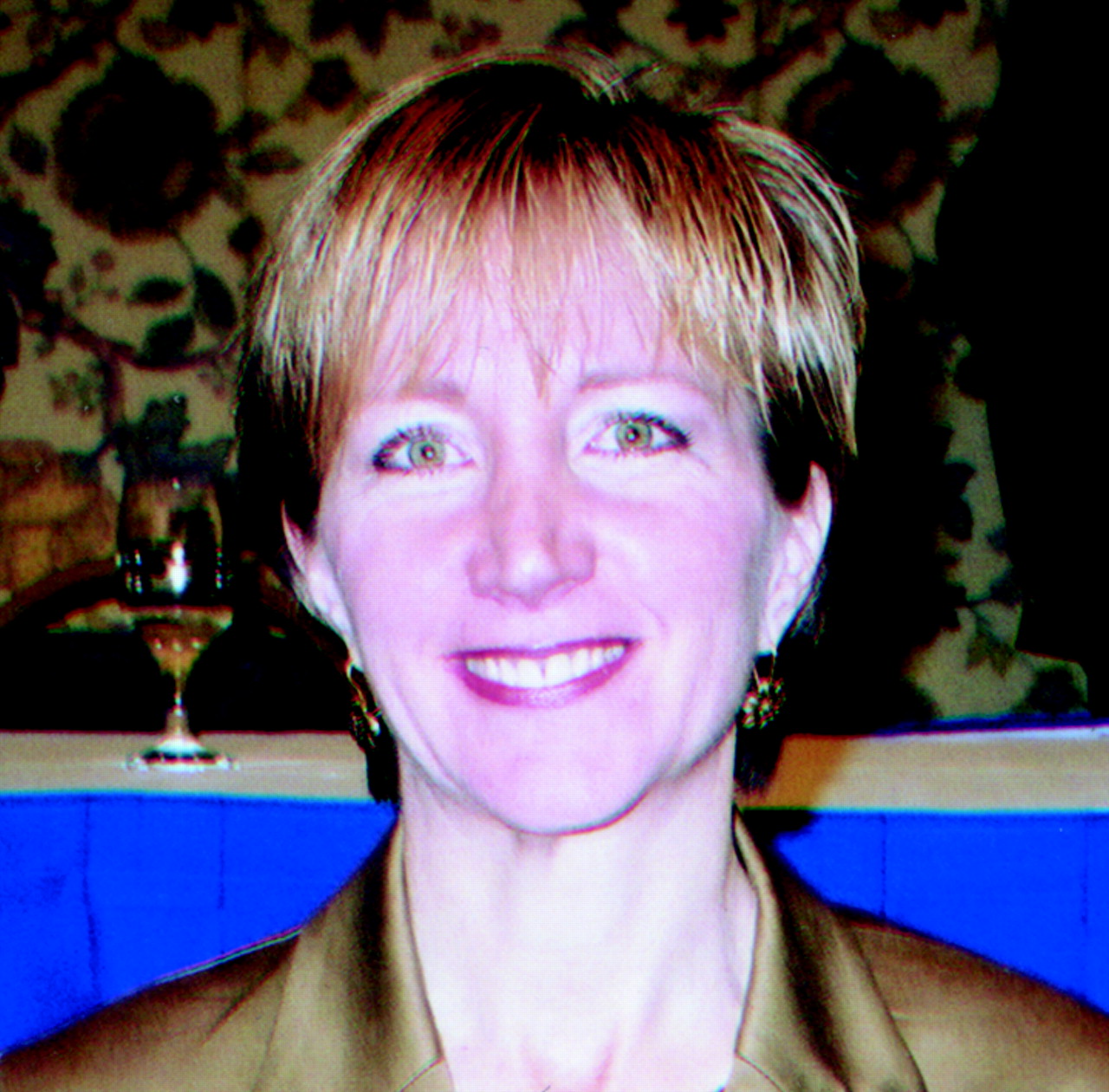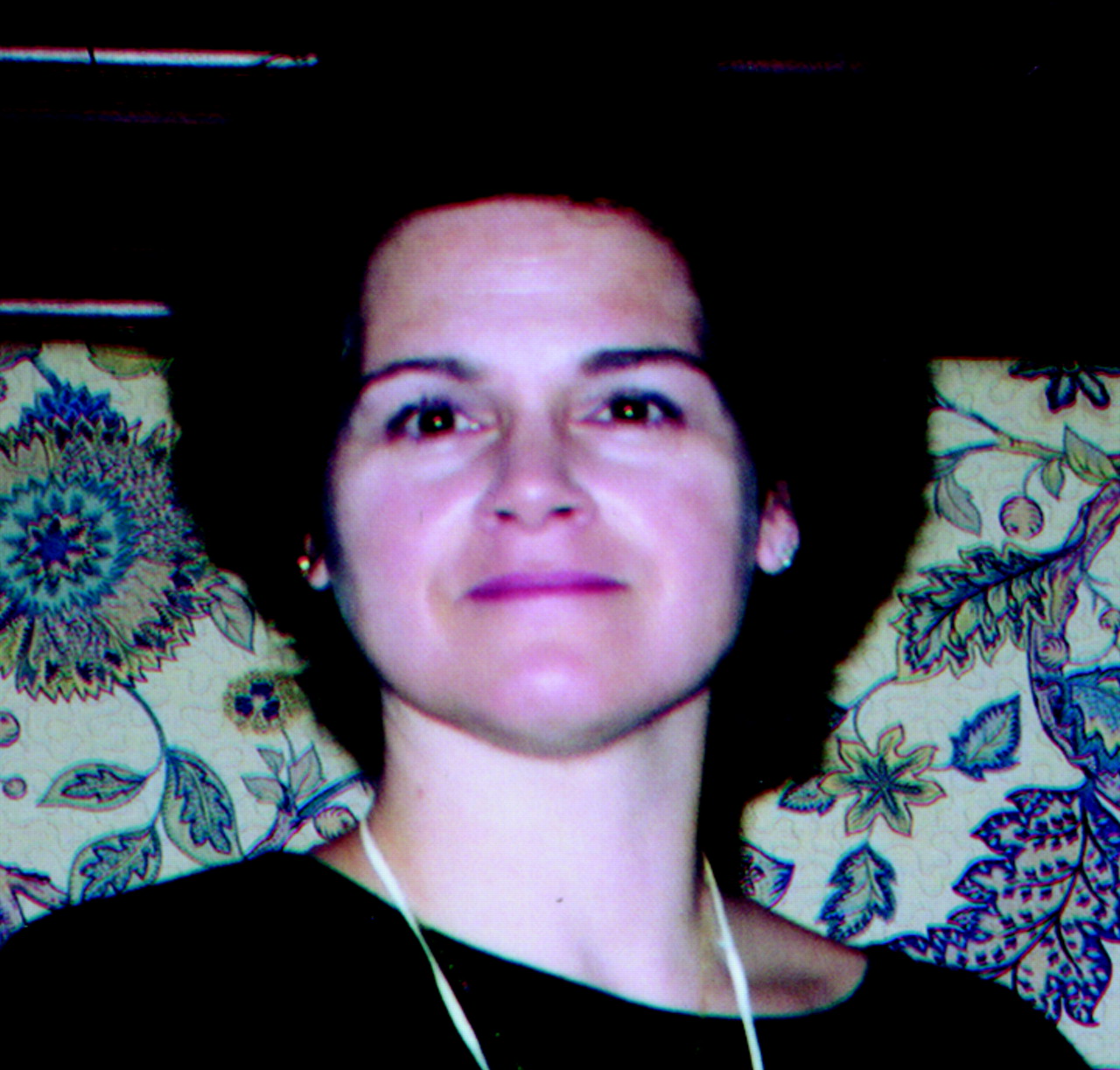When evaluating patients and conducting psychotherapy, therapists must take into account the biological, psychological, and sociocultural factors that converge to bring a patient into treatment. In addition, these same factors help therapists decide what type of psychotherapeutic treatment to use. Today’s residents, however, often lack the training that helps them form a comprehensive view of their patients, said members of APA’s Commission on Psychotherapy by Psychiatrists (COPP).
Jerald Kay, M.D., chair of COPP, addressed more than 100 residency training directors in March at a full-day workshop held in conjunction with the annual meeting of the American Association of Directors of Psychiatric Residency Training (AADPRT) in Long Beach, Calif., in an effort to improve education of residents in biopsychosocial formulation.
He emphasized the importance of making a psychotherapeutic formulation for each patient. Psychotherapeutic formulation, simply stated, is a hypothesis about the patient from a psychotherapeutic point of view. “It is a way for the clinician to synthesize extensive information about the patient. It fills the gap between diagnosis and treatment and provides a framework for future treatment and a benchmark for change,” said Kay.
He lamented, however, the steady decline in the use of psychotherapeutic formulation by psychiatrists and a subsequent tendency for psychiatrists to view patients through a narrower lens.
Sherwyn Woods, M.D., agreed with Kay and explained why some psychiatrists may not emphasize psychotherapeutic formulation as much as psychopharmacology, including when training residents.
Woods, who is an emeritus professor of psychiatry and behavioral sciences at the University of Southern California and a former president of AADPRT, acknowledged that biological advances in psychiatry in recent decades have often overshadowed the importance of psychotherapy. “The psychosocial issues of patients have tended to get short shrift in many residency training programs,” said Woods. “The future of psychiatry depends, however, upon a biopsychosocial approach to the human condition.”
‘Ideal’ Formulation Offered
Woods described the ideal biopsychosocial formulation as one that is longitudinal. It evolves with the patient, and the psychiatrist can modify it as he or she learns more about the patient and as the patient changes.
When a psychiatrist considers the biological factors that may contribute to the patient’s psychiatric problem, he or she may find that genetics or other medical illnesses play a role. If the patient is depressed, he or she may have a thyroid problem, for example, Woods noted.
Information about a patient’s personality style, current stresses, and developmental issues is best understood through a variety of psychological approaches, Woods emphasized, including psychodynamic psychotherapy and cognitive-behavioral therapy (CBT).
The sociocultural aspects of the patient’s life are equally important for the psychiatrist to explore, said Woods, who added that a patient’s ethnicity and religion sometimes figure prominently in how the patient copes with difficulties.
Different Models Described
One approach to the biopsychosocial formulation, said Lisa Mellman, M.D., a professor of psychiatry and associate residency training director at Columbia University, uses a psychodynamic framework. She described it as an approach to diagnosis and treatment that addresses “unconscious conflict, deficits, and distortions in intrapsychic structures and internal object relations.”
The psychodynamic formulation incorporates biological and sociocultural issues in the patient’s life. “Biology and genetics count,” Mellman stressed. She said that if a patient has genetic factors that may increase the risk of developing anxiety disorders or psychotic disorders, the clinician should take this into account. “Medication also matters, not just in terms of how it can help the patient improve, but what it means to the patient,” she added.
Mellman emphasized that no psychodynamic formulation is complete without a careful evaluation of sociocultural influences on the patient. If a clinician is treating a patient who shares the same ethnic and religious background, for instance, “the patient may feel as if [the clinician] has an omniscient understanding of them—that he or she can read their minds and understand their experience.” If, however, the clinician is from a different cultural background, the patient may be hesitant to trust the clinician at first, she said.
Mellman believes that teaching residents how to make psychodynamic formulations is best accomplished on a gradual basis. In the first or second year of training, residents can focus on patients’ social history and intrapsychic structure, she suggested. A more advanced formulation in the later years of residency would include transference and countertransference issues.
Another psychotherapeutic framework for conceptualizing a biopsychosocial model is cognitive-behavioral therapy (CBT). There are a number of misconceptions about CBT, said Donna Sudak, M.D., director of residency training at MCP Hahnemann University in Philadelphia.
For example, some people think that CBT is “easy to do,” or is “rigid and manualized,” said Sudak. Others mistakenly think that therapists practicing CBT don’t pay attention to the patient’s developmental issues or the intricacies of the patient-therapist relationship.
“You have to understand the development of a patient’s thinking in the biopsychosocial context and look at the patient’s past relationships and current problems in order to structure the therapy,” she explained.
CBT is an important concept in biopsychosocial formulation because it can “increase the patient’s self-knowledge and gives patients a greater capacity to be their own therapists, which is an overarching goal of CBT,” said Sudak.
She stressed that the sociocultural domain is essential to the CBT formulation, so that when residents incorporate this therapy into a patient’s treatment, they should be aware of the spiritual or religious aspects to thought development. “For instance, certain thoughts can be thought of by the patient as sinful,” said Sudak, and may need to be addressed from that perspective.
Learning Requirements
Residents practicing CBT during training, she said, should focus on the patient’s coping strategies, which are sometimes developed to compensate for negative core beliefs and negative developmental events. Sudak said that as a first step, training directors can help the resident identify the patient’s automatic thought and feeling and the behaviors that follow the feeling.
In the next stage of the formulation, residents should identify sources of the patient’s stress or triggers for the patient’s symptoms. Finally, in the most advanced CBT formulation, the resident can begin to connect a critical incident in the patient’s life to one of the patient’s core beliefs about himself or herself. Residents can then begin to explore the meaning of this core belief to the patient, she pointed out.
Woods cautioned that for residents, mastering the biopsychosocial formulation, regardless of which psychotherapeutic approach they use, can be difficult. Creating a comprehensive formulation takes time—something psychiatry residents have little of. In the past decade, financial and managed care pressures have meant shorter hospital stays for inpatients, thus depriving residents of the ability to monitor patients over a long time period.
Woods said that it is critical that training programs ensure that there are adequate numbers of patient interactions of sufficient duration to give the inexperienced resident time to accomplish the formulation.
Another barrier for residents using the biopsychosocial formulation, particularly for those in their first year or two of training, is a lack of clinical skill at that point in their professional education. “Formulation is a bit like triage,” said Woods. “It is best done by the most experienced clinicians.”
Residents should learn about and practice biopsychosocial formulation even in the first months of residency, he emphasized, although the formulation will be more rudimentary than it would be later in training.
For example, many residents may work primarily on an inpatient unit in their first year of training, he noted, and a formulation in this scenario is more likely to focus on the “bio” elements associated with psychopharmacologic treatment. However, the resident can also focus on the psychological and sociocultural issues that may have contributed to the patient’s hospitalization or treatment compliance.
Woods said that residents benefit from case conferences in which an experienced clinician demonstrates a comprehensive biopsychosocial formulation, which then leads to a reasoned therapeutic approach. ▪



